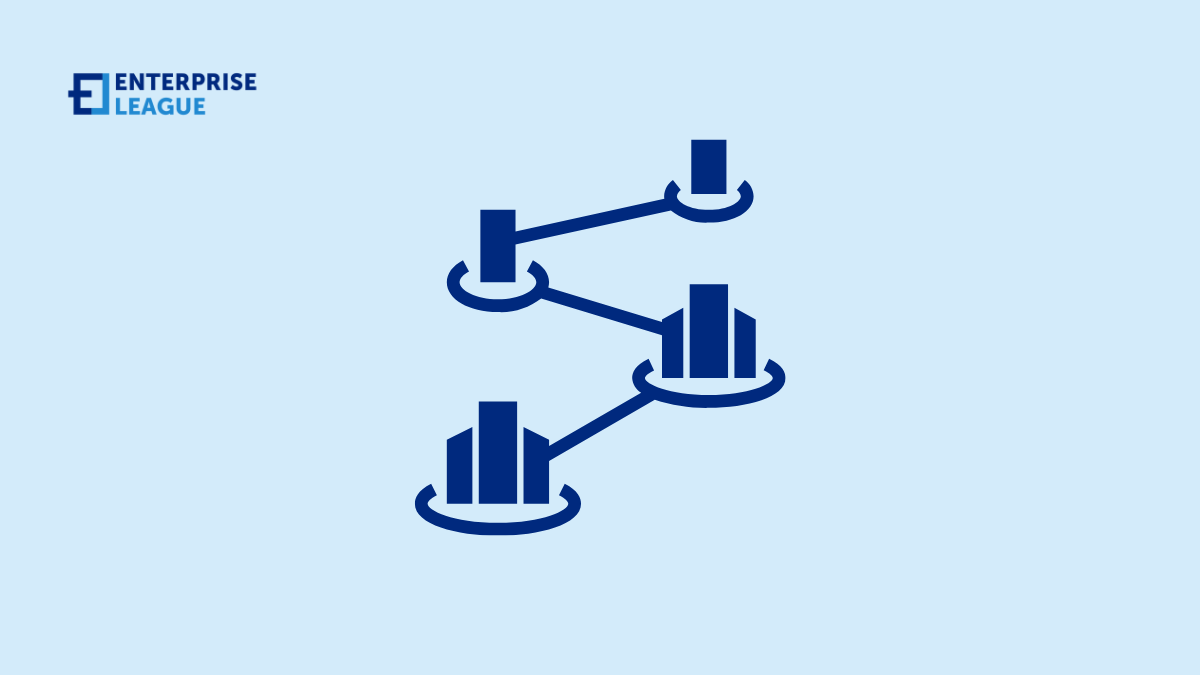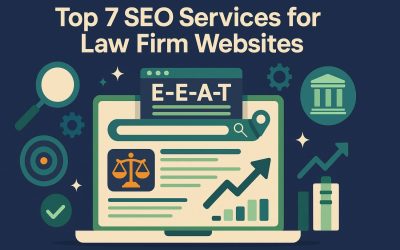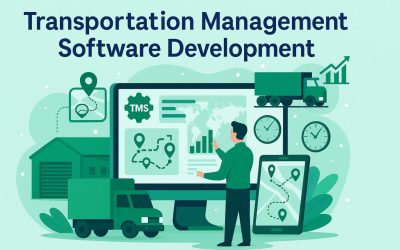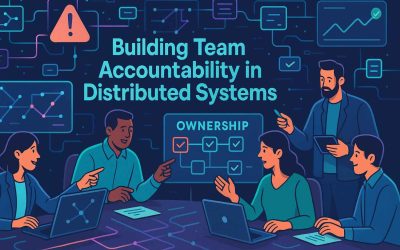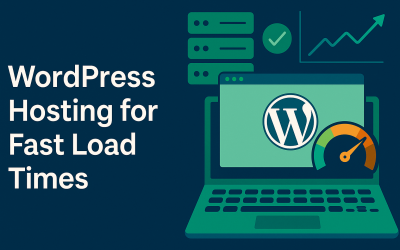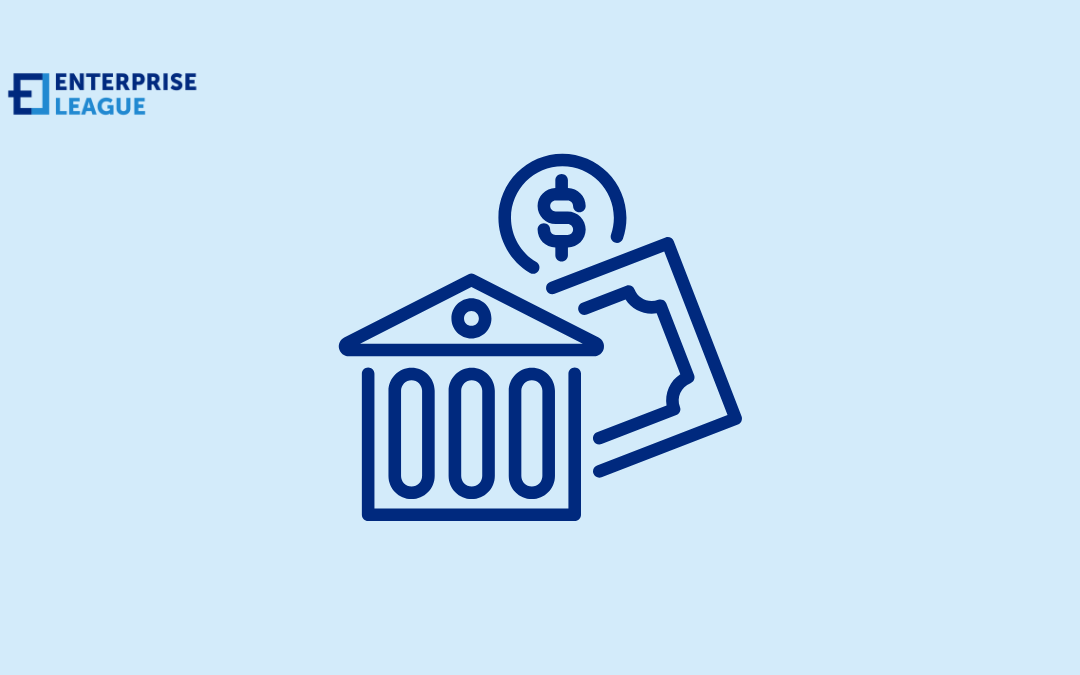The United States has long been a magnet for real estate investors seeking stable returns and prestige. Among its many luxury markets, one name consistently stands out: Beverly Hills. Known worldwide for its glamour and exclusivity, it represents more than just a...
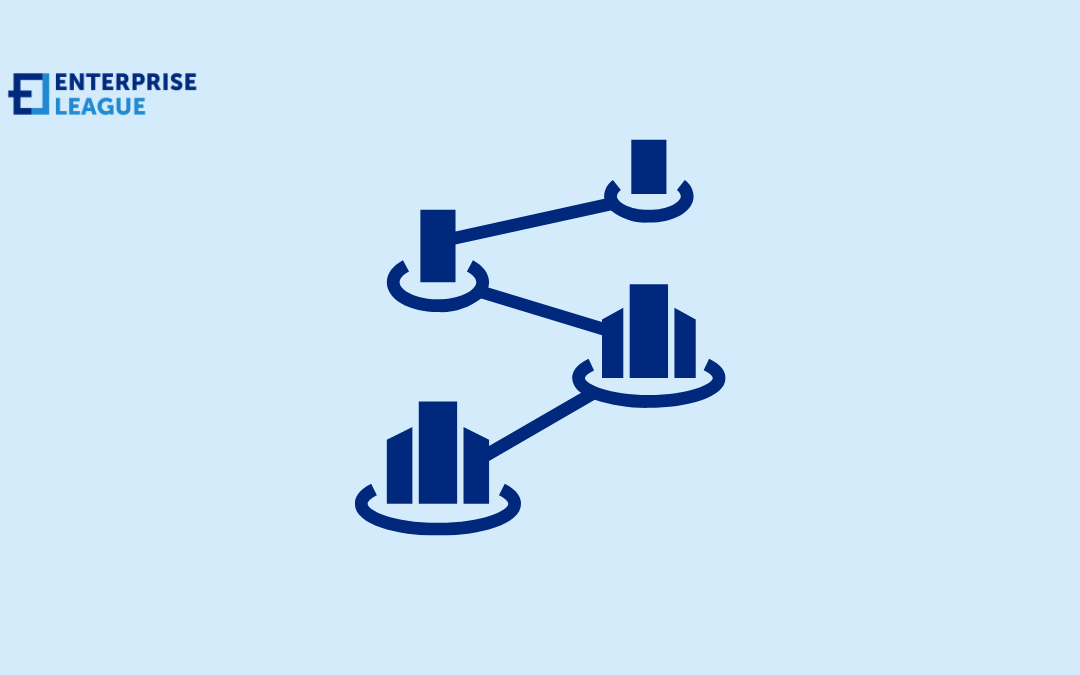
14 scalable business ideas that transform startups into empires
When thinking about scalable business ideas, there is one certain thing: they can multiply revenue without equivalent increases in expenses or effort, unlike traditional businesses that require proportional increases in resources to expand. Scalable businesses typically feature systems, technology, or intellectual property that can serve additional customers without major new investments. Many of them even start out as low-cost business ideas, making them accessible for first-time founders. With the right approach, scalable businesses can grow your startup into a global enterprise while maintaining efficient operations.
Top 14 scalable business ideas
Here are some creative and profitable scalable business ideas that you can start right away:
Online courses
Online courses involves developing educational content on specific topics and delivering it through digital platforms where students can learn at their own pace. It helps address barriers to traditional education like high costs, geographic limitations, and rigid schedules. The courses provide value through specialized knowledge that might not be readily available elsewhere, practical skills training, or certification preparation. Revenue comes from course sales, subscription access to multiple courses, certification fees, or community membership options.
The business can scale effectively since digital courses can be sold repeatedly without recreating content for each new student. As lifelong learning becomes increasingly important in rapidly changing industries, quality online courses help bridge skill gaps and provide just-in-time learning opportunities.
How much you can make: $50K–$500K+/year
How much does it cost to start: $0–$1K
How long does it take to build: 1–3 months
Event management
Event management handles the planning, coordination, and execution of various gatherings ranging from corporate conferences to weddings and social celebrations. It solves the overwhelming complexity and time constraints that individuals and organizations face when planning significant events. The service provides expertise in venue selection, vendor coordination, budget management, and timeline planning, ensuring smoothly executed events.
Revenue comes from planning fees, vendor commissions, package offerings for different event types, and add-on services like day-of coordination or virtual event support. It addresses growing demand as events become more elaborate and organizations recognize the value of professional assistance. The business can differentiate through industry specialization, technological solutions, or unique creative approaches that set client events apart.
How much you can make: $40K–$250K/year
How much does it cost to start: $1K–$5K
How long does it take to build: 2–4 months
Online мarketing
Online мarketing helps clients increase their visibility, attract new customers, and boost sales through various digital channels and strategies. It addresses the challenge many businesses face in navigating the complex, constantly changing digital landscape without specialized knowledge or dedicated staff.
The service provides expertise in areas like search engine optimization, social media management, content creation, email campaigns, and paid advertising to reach target audiences effectively. Revenue comes from monthly retainer fees, project-based pricing, performance bonuses tied to results, or specialized packages for specific marketing needs. It meets growing demand as more consumer activity shifts online and businesses recognize the necessity of digital presence.
How much you can make: $50K–$300K/year
How much does it cost to start: $0–$500
How long does it take to build: 1–3 months
Direct-to-consumer eCommerce sales
Direct-to-consumer eCommerce sales sells products directly to end users through owned online channels, bypassing traditional retail middlemen and distributors. It helps solve margin compression issues while allowing brands to control the entire customer experience from discovery through purchase and support. The approach provides valuable direct access to customer data, enabling more personalized marketing and product development based on actual user preferences.
The business can scale through digital marketing channels that target specific customer segments with tailored messaging. As shopping habits continue shifting online, direct-to-consumer models give brands more flexibility in pricing, promotions, and inventory management.
How much you can make: $100K–$1M+/year
How much does it cost to start: $2K–$10K
How long does it take to build: 3–6 months
Online content creation
Online content creation develops various forms of digital content like articles, videos, graphics, or podcasts for brands, websites, and social media platforms. It helps solve the constant demand for fresh, engaging content that companies face when building their online presence and reaching audiences. The service provides expertise in creating material that resonates with specific target audiences, drives engagement, and supports marketing goals.
As algorithms and user preferences reward quality content, professional creation services help clients stand out in crowded digital spaces. With low startup costs and the ability to work remotely, a content creation business can build a diverse client portfolio while maintaining flexible operations.
How much you can make: $100K–$1M+/year
How much does it cost to start: $10K–$100K
How long does it take to build: 6–12 months
Renewable energy solutions
A company focused on renewable energy solutions connects clients with sustainable power options tailored to their unique needs and locations. From solar panel installation to wind energy consulting, geothermal systems to energy storage solutions, this business helps customers reduce their carbon footprint while often lowering long-term energy costs.
What makes this venture particularly timely is the energy independence since it has become a priority for many as grid reliability concerns grow and traditional energy prices fluctuate unpredictably. Renewable systems offer protection against these uncertainties.
How much you can make: $0–$250K+/year
How much does it cost to start: $0–$500
How long does it take to build: 3–6 months
Personalized fashion and styling services
Personalized fashion and styling services transforms how people build their wardrobes by providing customized clothing recommendations matched to individual preferences, body types, and lifestyles. Unlike traditional retail where shoppers navigate overwhelming options alone, this service pairs clients with style experts who understand their unique needs.
The business operates through several possible formats: virtual consultations, in-home closet organization, personal shopping sessions, or subscription boxes with handpicked items. Each approach creates different touchpoints with clients and opportunities for relationship building. Client satisfaction comes from discovering pieces they might never have selected themselves but that perfectly complement their style and body. This “aha” moment builds loyalty that generic retail rarely achieves.
How much you can make: $30K–$150K/year
How much does it cost to start: $0–$1K
How long does it take to build: 2–4 months
Podcasting
Creating a podcasting company today means establishing a versatile audio content platform where hosts can share expertise, tell stories, or discuss trending topics with global audiences.
Unlike traditional radio, podcasting offers on-demand convenience that fits perfectly into modern lifestyles. Listeners tune in during commutes, workouts, or household chores, transforming otherwise mundane moments into opportunities for learning or entertainment.
Revenue generation in this space comes through multiple channels. Advertising spots remain the foundation, but subscription models, premium content, live events, and merchandise sales increasingly supplement income streams. The relatively low production costs compared to video content creation allow for attractive profit margins once an audience is established.
How much you can make: $0–$200K+/year
How much does it cost to start: $0–$300
How long does it take to build: 3–6 months
Subscriptions
What makes subscriptions particularly powerful is their ability to transform occasional buyers into long-term relationships. Whether providing physical products, digital content, software access, or curated experiences, the focus shifts from acquisition to retention, keeping customers engaged month after month.
The financial dynamics work differently than traditional retail. Initial customer acquisition costs might be higher, but lifetime value increases dramatically as subscribers stay enrolled. This predictable income allows for better planning, inventory management, and strategic investments.
How much you can make: $50K–$500K+/year
How much does it cost to start: $1K–$10K
How long does it take to build: 3–6 months
Customer service AI
Customer service AI uses artificial intelligence to handle customer inquiries, provide instant responses, and manage routine support tasks without human intervention. It helps solve common problems like long wait times, inconsistent service quality, and the high costs of staffing large support teams. The AI provides value through 24/7 availability, consistent responses, and the ability to handle multiple conversations simultaneously.
The technology continuously improves through machine learning, becoming more accurate and helpful with each interaction. As companies face increasing pressure to provide excellent customer experiences with limited resources, AI support solutions offer an effective way to scale service capabilities. The platform can integrate with existing business systems to provide personalized responses while maintaining a consistent brand voice across all customer touchpoints.
How much you can make: $100K–$1M+/year
How much does it cost to start: $5K–$50K
How long does it take to build: 6–12 months
App building
App building focuses on designing and building custom software for smartphones and tablets that meets specific user needs and solves particular problems. It addresses the massive demand for innovative, useful apps driven by the billions of mobile device users worldwide. The service provides technical expertise in creating intuitive, functional applications that would be beyond the capabilities of most businesses to develop internally.
Revenue comes from development fees, ongoing maintenance contracts, and possibly subscription models for apps requiring regular updates. It helps clients reach customers directly on their most-used devices, creating new sales channels, improving brand engagement, and streamlining processes.
How much you can make: $75K–$500K+/year
How much does it cost to start: $0–$5K
How long does it take to build: 2–6 months
Dropshipping
Dropshipping involves selling products online without maintaining inventory, as orders are fulfilled directly by suppliers who ship items to customers. It eliminates major traditional retail barriers like warehouse costs, inventory management, and upfront product investments. The business provides value through product curation, marketing, and customer service while the logistics of storage and shipping are handled by third parties.
As e-commerce continues expanding globally, dropshipping offers a low-barrier way to participate in digital retail markets. The business can operate from anywhere with internet access, making it particularly appealing for location-independent entrepreneurs seeking to build an online retail presence without significant upfront investment.
How much you can make: $50K–$300K/year
How much does it cost to start: $0–$500
How long does it take to build: 2–6 months
Cleaning company
Cleaning company provides professional cleaning for homes, offices, retail spaces, and other facilities that require regular maintenance. Since people and businesses often need help maintaining clean environments due to a lack of time or resources, there’s a consistent demand for reliable cleaning services.
The cleaning service can offer various options from regularly scheduled maintenance to specialized deep cleaning, post-construction cleanup, or move-in/move-out services. As more households have dual incomes with limited time for chores and businesses focus on core operations, professional cleaning services fill a persistent gap. With proper management, quality control, and customer service, a cleaning company can build a loyal client base through reliability and consistently high standards.
How much you can make: $40K–$150K/year
How much does it cost to start: $500–$5K
How long does it take to build: 1–2 months
Social media management
Social media management helps companies establish and maintain effective social media presence across platforms like Instagram, Facebook, Twitter, and LinkedIn, but most importantly solves common challenges businesses face with consistent posting, audience engagement, and strategic content creation when internal resources are limited.
The management service provides expertise in platform algorithms, content trends, and audience analytics that many businesses lack internally. With proper client management systems and content workflows, a social media management business can serve multiple clients simultaneously while scaling through team expansion or service specialization.
How much you can make: $40K–$150K/year
How much does it cost to start: $0–$300
How long does it take to build: 1–3 months
Conclusion
Every successful company started with someone brave enough to take that first step. Your ideas matter, and with the technology that we have today and the connected world, the potential reach of these scalable business ideas is much greater than before. Don’t let concerns about perfect timing or complete readiness hold you back, the best entrepreneurs learn and adjust as they build. Start small if needed, but think big about where your business could go. With focus, persistence, and willingness to adapt, your scalable business can grow into something meaningful that serves customers while creating the freedom and impact you desire.
More must-read stories from Enterprise League:
- Find out all the things that make messy people smarter.
- How to handle a situation where employees are not getting along.
- Learn how to deal with rude customers in a creative way.
- Importance of online privacy laws in the digital era and how they protect us.
- Benefits of owning a business according to business owners.
Related Articles
Building a U.S. Real Estate Portfolio: Why Beverly Hills Should Be Your First Step
Top 7 SEO Services for Law Firm Websites
In the legal sector, digital visibility is the primary determinant of case volume. For attorneys, implementing a specialized SEO service for Law Firm website is a fundamental requirement for operational stability. Generalist marketing strategies frequently fail in...
Transportation Management Software Development: Streamlining Logistics for the Modern World
In the age of global logistics and digital transformation, traditional methods of managing transportation no longer suffice. Managing fleets, drivers, shipments, and delivery timelines manually leads to inefficiency and lost revenue. This is where Transportation...
Building team accountability in distributed systems
You can draw the neatest architecture diagram, pick the trendiest frameworks, and still find yourself on a midnight incident call where everyone says, "I thought someone else owned that." That moment is familiar to anyone who runs distributed systems: the technology...
Best Managed WordPress Hosting Brands With Serious Performance
When you're running a WordPress website that needs to perform, picking the right hosting provider becomes a technical decision that directly affects your bottom line. Load times, server response rates, and uptime percentages translate into real visitor behavior. A...

